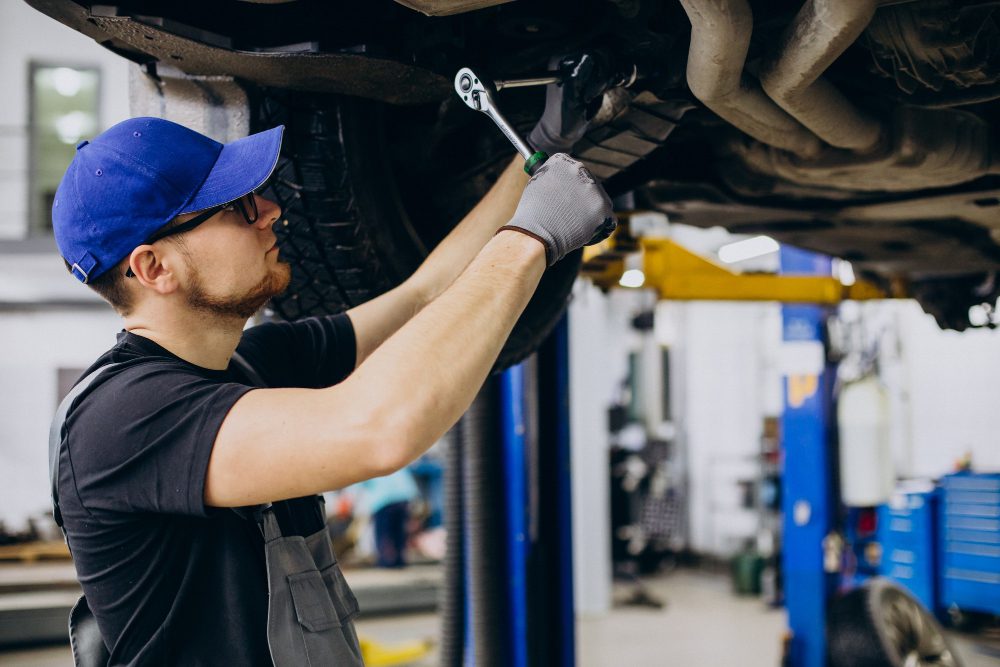What happens if you drive with broken shocks?
If you’ve ever wondered what would happen if you continue driving with broken shocks, this article is for you. Your vehicle’s shocks are crucial for a smooth and safe ride, as they help to absorb the impact of bumps and maintain stability on the road. Ignoring the signs of broken shocks can lead to various problems that can compromise your safety and the overall performance of your vehicle.
Effects on Vehicle Control
One of the most immediate consequences of driving with broken shocks is the significant impact on your ability to control your vehicle. Broken shocks can cause excessive bouncing, swaying, or leaning while driving, which makes it harder to steer accurately and predictably. This lack of control can put you and other road users at a higher risk of accidents and increase the likelihood of losing control in emergency situations.
Increase in Braking Distance
Another noticeable effect of driving with broken shocks is an increase in braking distance. The purpose of shocks is not only to provide comfort but also to ensure that your tires remain in constant contact with the road surface. When shocks are broken, the weight transfer during braking becomes uneven, reducing the effectiveness of your brakes and increasing the distance it takes for your vehicle to come to a complete stop.
Tire Wear and Damage
Continuing to drive with broken shocks can have a detrimental impact on your tires. The irregular contact between the tires and the road due to excessive bouncing can cause uneven tire wear, typically leading to bald spots or cupping on the treads. Uneven tire wear not only compromises the performance and handling of your vehicle, but it also reduces the lifespan of your tires, resulting in the need for premature replacements.
Suspension System Damage
Driving with broken shocks can also lead to damage to other components of your vehicle’s suspension system. The increased stress and impact on suspension parts like springs, struts, and control arms can result in accelerated wear and potential failure. Repairing or replacing these components can be costly, so addressing broken shocks promptly is essential to avoid further damage and expenses.
Discomfort and Fatigue
Aside from the potential safety risks and damage to your vehicle, driving with broken shocks can also lead to discomfort and fatigue. Without the proper shock absorption, you’ll experience a rougher and more jarring ride, which can cause physical discomfort and make long drives more tiring. Additionally, vibrations caused by broken shocks can affect the overall smoothness of your journey and cause fatigue to set in faster.
Driving with broken shocks is not only risky but also poses a threat to your safety and the well-being of your vehicle. Taking proactive measures to repair or replace damaged shocks is crucial to maintain control, ensure braking efficiency, extend tire lifespan, prevent further damage to your suspension system, and enhance overall driving comfort.
What is the average lifespan of car shocks?
Car shocks are an essential component of a vehicle’s suspension system. They help to absorb and dampen the impact from bumps and uneven surfaces, providing a smoother and more comfortable ride. However, like any other part of a car, shocks will eventually wear out over time.
Factors affecting the lifespan of car shocks
The average lifespan of car shocks can vary depending on several factors:
- Driving conditions: Shocks tend to wear out faster if you frequently drive on rough or unpaved roads, as the constant jolting puts extra strain on the suspension system.
- Driving style: Aggressive driving, such as hard braking and accelerating, can also accelerate the wear and tear on shocks.
- Quality of shocks: The brand and quality of shocks installed in your car can also have an impact on their lifespan. Higher-quality shocks often last longer than cheaper alternatives.
- Vehicle weight: Heavier vehicles put more stress on the shocks, leading to a shorter lifespan.
Typical lifespan of car shocks
On average, car shocks are designed to last between 50,000 to 100,000 miles (80,000 to 160,000 kilometers). However, this can vary depending on the aforementioned factors. Regular maintenance and inspections can help identify worn-out shocks and replace them before they cause further damage to other parts of the suspension system.
It’s important to note that the lifespan of car shocks can be significantly reduced if you continue to drive with broken or malfunctioning shocks.
Signs of worn-out shocks
When shocks start to wear out, you may notice several signs:
- Increased bouncing and vibrating: The car may bounce excessively after hitting bumps or uneven surfaces, and you may feel more vibrations in the steering wheel.
- Poor handling and stability: The car may sway or lean excessively during turns, compromising its stability.
- Longer braking distances: Worn-out shocks can affect the car’s ability to stop quickly, increasing braking distances.
- Tire wear: Uneven tire wear can be a sign of worn-out shocks, as they are no longer providing even weight distribution.
Conclusion
While the average lifespan of car shocks is between 50,000 to 100,000 miles, it is important to pay attention to the signs of wear and tear. Regular inspections and maintenance can help ensure the longevity of your shocks and provide you with a safe and comfortable driving experience.



